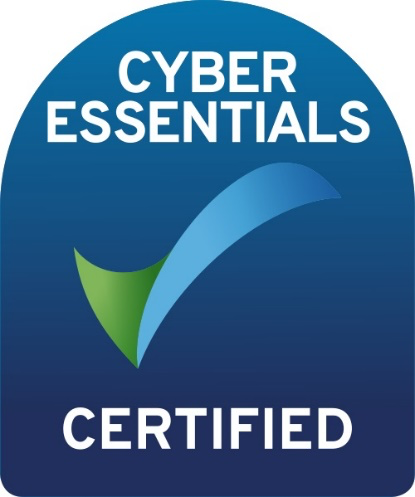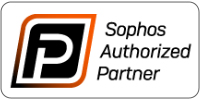Even the best of us can be caught out with cleverly designed phishing emails, which are designed to get you to provide your account details, bank details and more or to install viruses on to your computer / mobile device.
Why phishing, because the criminals are phishing for your details, using their email like bait.
Don’t get caught, take 5 and check through the below in your head first!
- Is this from someone you know?
- Are you expecting it?
- Does it sound like them?
- Is it demanding, threatening or urgent?
- Does it include attachments and/or links?
When you spot something you are not sure about
Do not click on any links or open any files!
- Try hovering the mouse over any links, do the links appear to go to somewhere you know and would expect? watch out for subtle changes like M1crosft or google.1.com, if you see anything like this it is likely a scam
- Check the email address of the sender, is that what you would expect or does that point to somewhere else?
- Check the files, (do not open) do the filenames look right, are you expecting them in this format?
- If this is from someone you know, does the language and tone of the email look right?
- Is the email demanding or urgent? Fraudsters often use this technique to stop you from thinking too much before responding, take a minute and re-check first
Reporting
If after running through your checks you feel this is a phishing email, help others by reporting the email to the Nation Cyber Security Centre (NCSC) who work to get the emails blocked and accounts closed down, helping them to act quickly, protecting many more people from being affected.
You do this by forwarding the email to the NCSC Suspicious Email Reporting Service (SERS) at report@phishing.gov.uk
For further information about the NCSC service please follow this link: –
https://www.ncsc.gov.uk/information/report-suspicious-emails
Next, if you have Microsoft 365 / Office 365 you can also use a free add-in created by Microsoft called ‘Report Message’, which submits a report to Microsoft and removes the suspected phishing emails from your inbox for safety. Like reporting to NCSC, reporting to Microsoft helps ensure other users of Microsoft Systems are protected as well.
For further information about this free add-in and how to enable it please follow this link: –
If you don’t have the Report Message add-in please delete the email and delete it again from your deleted items folder to ensure it is gone for good.
Like what you have read, we implement these along with many other security measures as part of our service, to learn more click here https://rocksaltsolutions.co.uk/it-managed-service-provider-support-team









Phishing Attack Targeting Microsoft Teams - Rock SALT Solutions Ltd
[…] A reminder on how to spot phishing emails can be found in one of our earlier posts here Spot suspicious emails […]